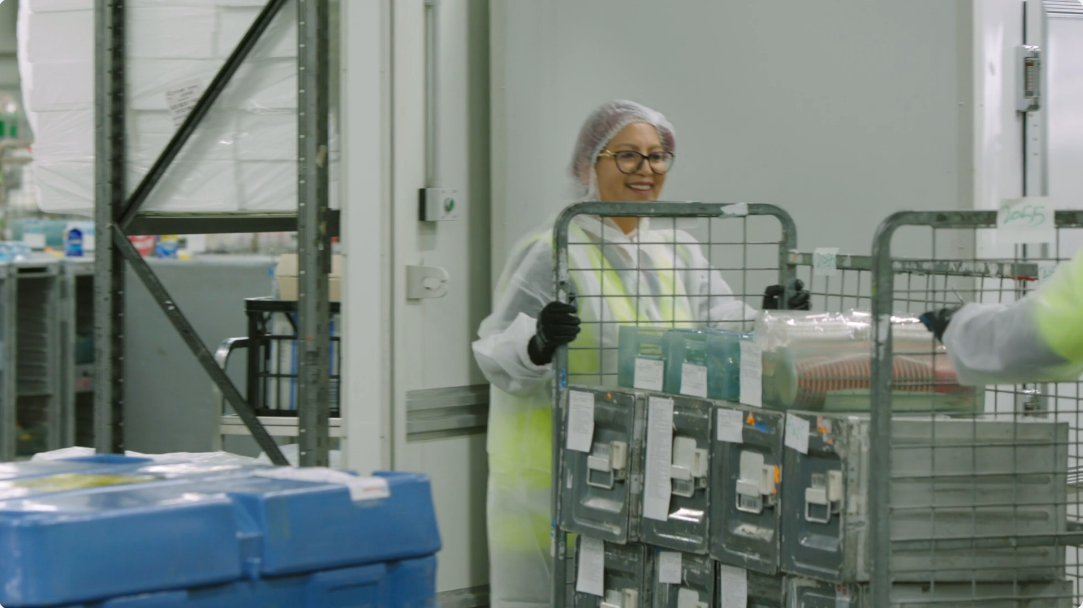In a recent coaching session with a CEO I was reminded of the relevance of the BestFit™ formula for behaviour. The formula states that the behaviour you see in any given situation, is always a result of the interaction a person has with their environment, or, B = ᶠ(P,E).
The CEO was in the midst of what he called a ‘massive mistake’ regarding a recent hire he had made, John. John was placed in a senior management role three months ago. While the CEO had not worked with John previously, he was a known entity to the business, as he had been contracting on specific projects on and off for a number of years. When the Senior Management role became available John’s resume was put in front of the CEO with a firm recommendation for hire by his CFO (who had worked directly with John in the past whilst contracting).
John completed psychometric testing as part of his application. I remember debriefing John’s results at the time with the CEO and flagging a number of concerns regarding John’s willingness to comply with organisational policies, his behavioural flexibility and a fair whack of ego that would see him struggle to accept feedback and thrive in a culture that was more collaborative and less hierarchical. This was the first time I had provided psychometric support to the CEO so in this instance he dismissed these flags as he felt like he had done his due diligence by checking in with his CFO.
After being in the role just three months John had a bullying claim lodged against him and two long standing and high performing team members had handed in their resignation as a result.
In unpacking this situation with the CEO he was able to identify three critical points of failure in the selection process:
- The CEO acknowledged that he had a number of minor concerns about John’s ‘fit’ after interviewing him (he described more of a feeling, than anything he could pin point) but discounted these concerns.
- The CEO had not given enough consideration to the psychometric information and the red flags that had been identified in relation to John’s suitability for the role.
- He also over emphasised the recommendation of his CFO, who had only worked with John on a contracting basis. Instead, he should have considered John’s potential ‘fit’ to the specific requirements and success factors of the permanent role (and not just his performance as a contractor).
John was not a bad person, however his personal drivers and attributes were better suited to independent project work where he could operate autonomously. Once the environment conditions changed for John (e.g. he was required to adapt and collaborate more, to deal with other team members questioning his decisions, to manage the performance of others) he became frustrated, felt stifled and as a result he was not able to excel in the role.
Understanding B = ᶠ(P,E) is critical to reducing the risk of a mis-hire. We did not quantify at the time the negative monetary impact of hiring John, but studies have shown that at senior levels the likely cost is around 1.5 times the salary*. When you add in bullying claims and two resignations, the net negative impact of hiring John was enormous.
The key lesson learned from the CEO was to think more extensively about the environmental requirements of a particular role, and how these may influence the behaviour of a person. This, in combination with the information gleaned from the psychometric testing, would have safe guarded him from making this ‘nightmare hire’.


Our specialties
Our specialties
Our offices
More from us
Chandler Macleod acknowledges the Traditional Owners of Country. We pay our respects to the Aboriginal and Torres Strait Islander cultures, and to elders past and present, whose land we stand upon today.
© Chandler Macleod 2025 All rights reserved Sitemap











